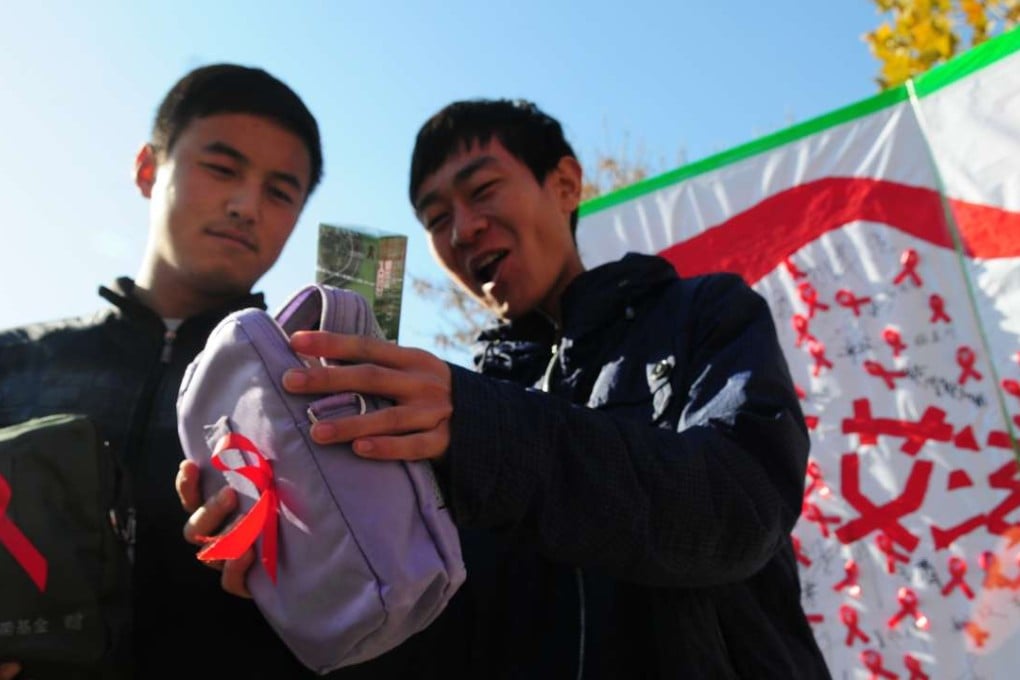Why China needs to talk a lot more about gay sex and HIV
New HIV diagnoses have doubled since 2008, yet ignorance about the virus is widespread; with parents, schools and health authorities saying little, it’s left to NGOs to spread safe sex message

Lin Hui, a student in China, thought condoms only served to prevent pregnancy. So when he had sex with another man, in high school, he didn’t think he was exposing himself to any risk.
Lin, who asked that his real name not be revealed, was diagnosed with HIV in 2014, a few months before turning 18. He is now a university student in Nanjing, keeping the virus in check with daily medication. He feels resentment, however, about contracting a disease society taught him little about.
“I never imagined it could happen to me,” Lin says. “There is very little sex or HIV-prevention education in schools or in society in general. People only talk about it around World Aids Day," on December 1, "and then we forget about it.”
Lin is one of a growing number of young people in China to have been diagnosed with HIV in recent years. While the country has managed to dramatically reduce HIV transmission through drug use and blood transfusions, the rate of new, sexually transmitted infections among young people has accelerated in the past five years, particularly among men who have had sex with other men.

